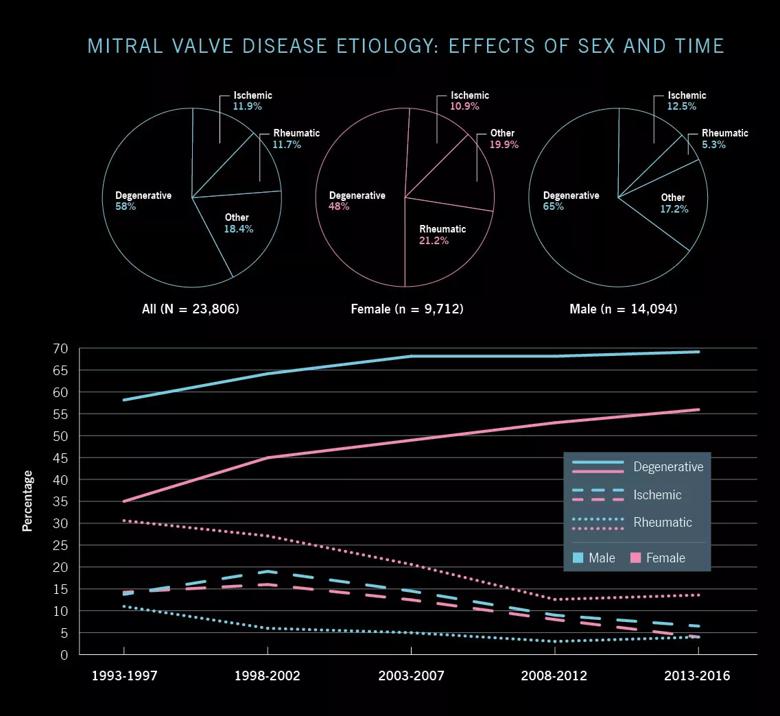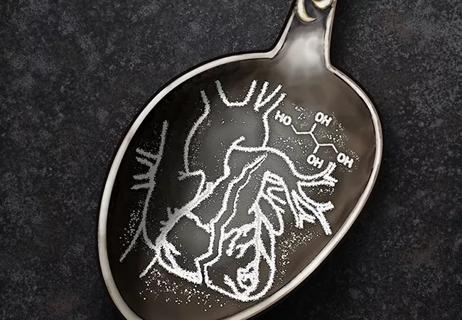Despite shifts in etiology over time, sex differences persist
In the developed world, the etiology of surgically treated mitral valve disease has shifted over the past three decades from sizeable numbers of rheumatic and ischemic cases to a greater predominance of degenerative disease. This shift has helped spur growth in mitral valve repair and a decline in mitral valve replacement as surgeons’ ability to reconstruct degenerative valves has continued to improve.
Advertisement
Cleveland Clinic is a non-profit academic medical center. Advertising on our site helps support our mission. We do not endorse non-Cleveland Clinic products or services. Policy
Despite these trends, female patients undergo mitral valve replacement at higher rates than their male counterparts do, and this has been linked to persistently poorer outcomes of mitral valve surgery in women.
Studies to date generally have not accounted for sex differences in the etiology of surgical mitral valve disease or any changes in etiology over time, so researchers from Cleveland Clinic recently set out to address that gap by analyzing a large series of patients undergoing primary mitral valve operations from the institution’s Cardiovascular Information Registry.
The analysis, published in Circulation (2018;138:1749-1751), included 23,806 consecutive patients from 1993 to 2016 who underwent primary mitral valve replacement or repair. Patients who had concomitant coronary artery bypass or another valve operation were included, but those with prior cardiac surgery were excluded. Findings of interest included the prevalence of various mitral valve disease etiologies as stratified by patient sex and also over time (by five-year intervals). Key findings are presented in the graphs below.

The researchers called attention to several notable observations:
Advertisement
“Our analysis clarifies that, despite a temporal shift in etiology of surgically treated mitral valve disease for patients overall, differences between the sexes persist into the modern era of cardiac surgery,” notes corresponding author Leslie Cho, MD, Director of Cleveland Clinic’s Women’s Cardiovascular Center.
“In demonstrating clear sex differences in the etiology of mitral valve disease, we’ve identified another potential explanation for sex differences in procedure selection and outcomes,” adds co-author A. Marc Gillinov, MD, Chair of Thoracic and Cardiovascular Surgery.
Advertisement
Advertisement

Study authors urge reevaluation of the sweetener’s safety designation by food regulators

Surprise findings argue for caution about testosterone use in men at risk for fracture

Findings support emphasis on markers of frailty related to, but not dependent on, age

Additional analyses of the two trials presented at 2023 ESC Congress

Prospective SPIRIT-HCM trial demonstrates broad gains over 12-month follow-up

Review of our recent experience shows it’s still a safe option

Machine learning may improve risk prediction and guide therapy

Nationwide database study finds racial and regional variations